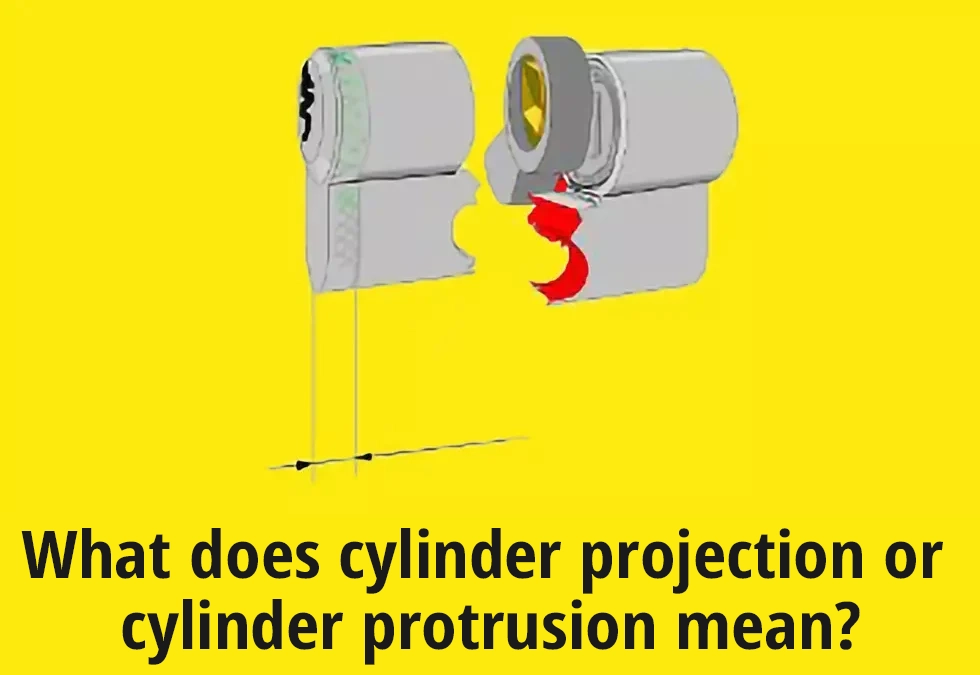
by Herbert | 7. Jun, 2023 | Lock technology
Cylinder protrusion refers to the protrusion or projection of a locking cylinder from the door leaf (the door surface). This determines which cylinder length and which fitting should be used for a door. Even short cylinders can have a protrusion of a few millimeters,...
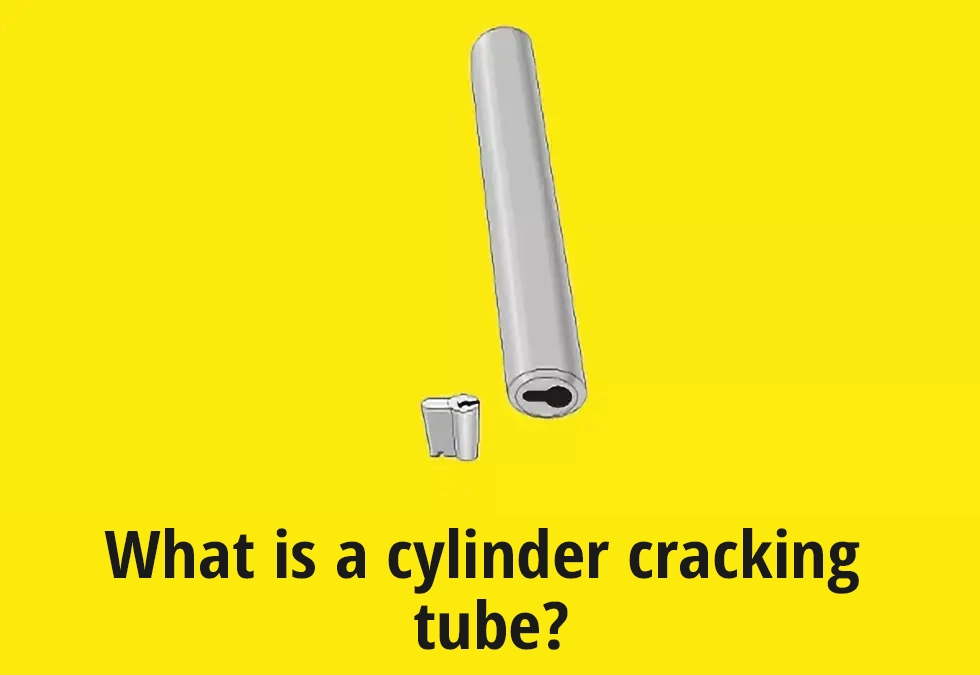
by Herbert | 30. May, 2023 | Lock technology
A cylinder breaker is a special tool used by emergency locksmiths that can be used to break off locking cylinders that protrude only a few millimeters. To prevent deformation after repeated use, the breaker is usually made of high-quality steel. Many breaker bars can...
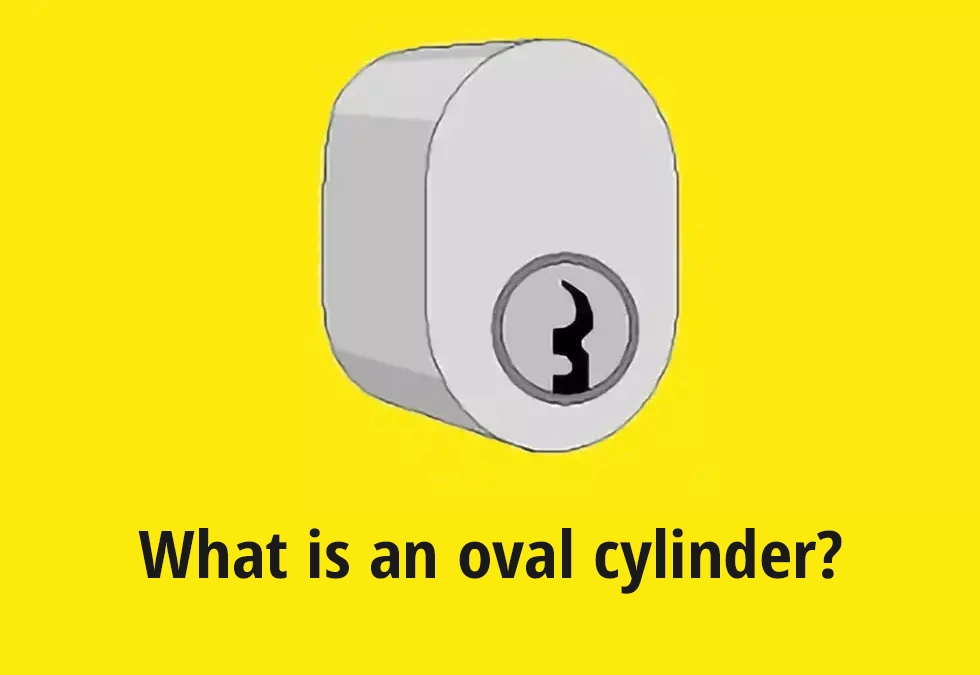
by Herbert | 29. May, 2023 | Lock technology
Oval cylinders, or cylinders with an oval shape, are sometimes used for furniture, filing cabinets, drawer cabinets, and the like. These are often push-type cylinders that lock the cabinet simply by applying pressure or simply pushing it in. Additional locking is not...
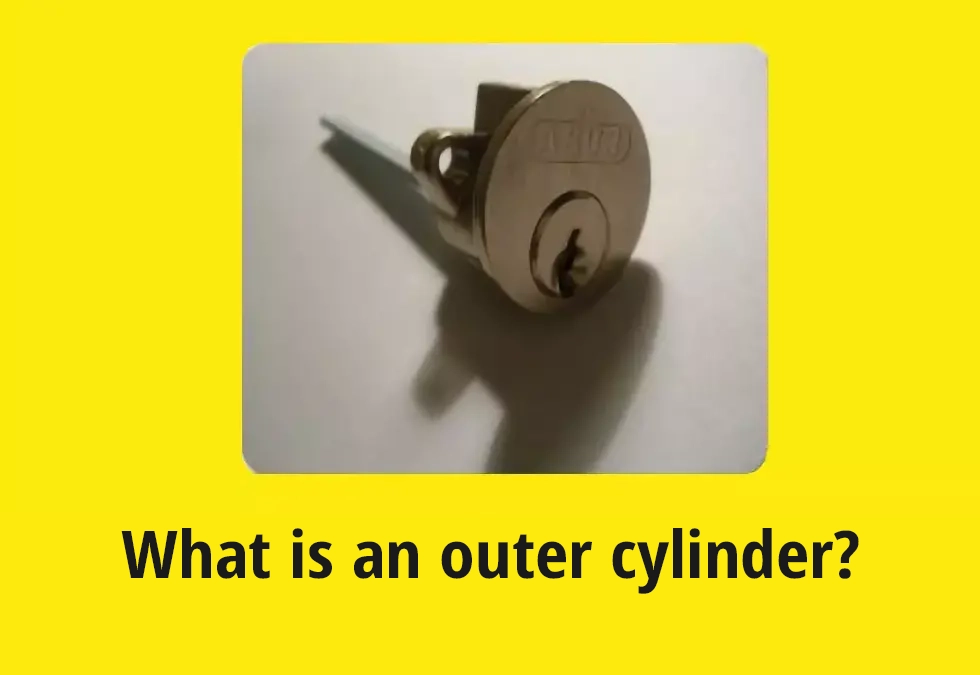
by Herbert | 29. May, 2023 | Lock technology
Some doors have a rim lock that is screwed to the door from the inside. Opening this rim lock requires an external cylinder. This external cylinder is screwed to the inside of the door. The lock is unlocked or locked with the help of a metal tongue as soon as the key...
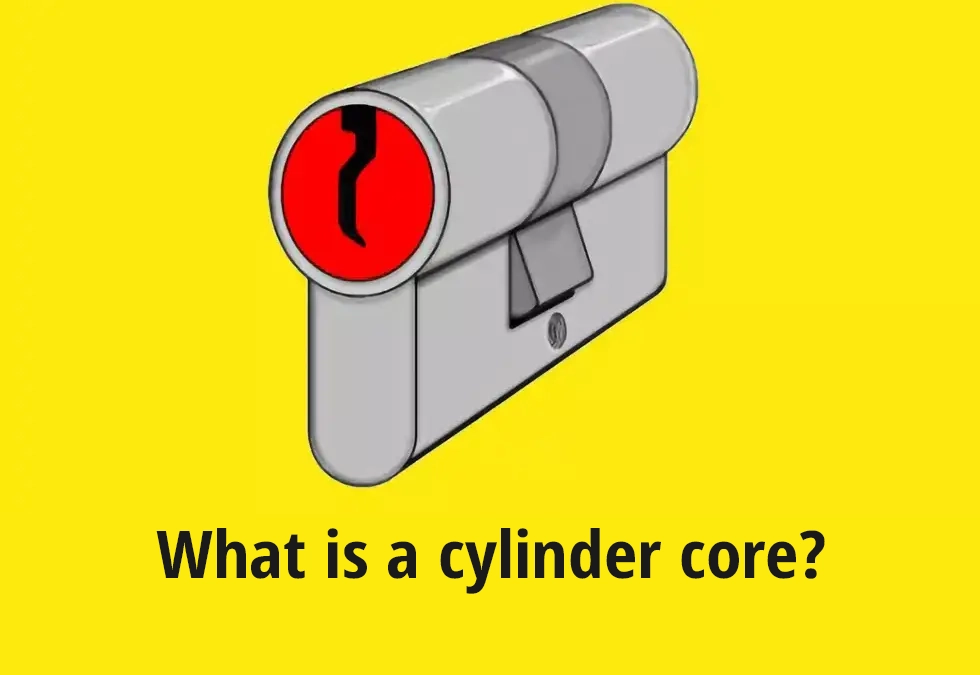
by Herbert | 25. May, 2023 | Lock technology
The cylinder core is precisely the component of a cylinder (profile cylinder) into which the key is inserted in order to unlock the lock with one or two key turns (locking turns). The cylinder core rotates when the key is turned. It also contains all the tumblers...
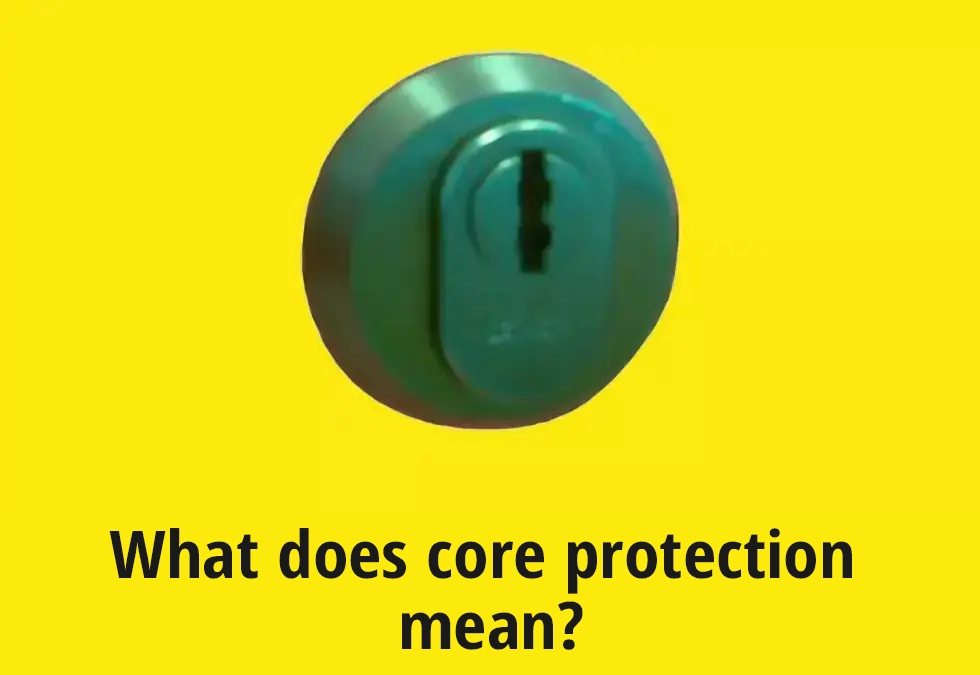
by Herbert | 25. May, 2023 | Lock technology
The core protection is a component of the cylinder that ensures that the cylinder core cannot be removed with special tools. The core protection therefore plays an important role in burglary and property security. Those interested can also find further information on...









